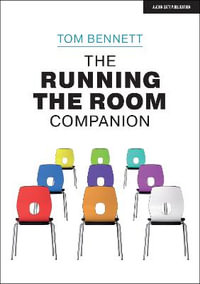
Decentralized Decision-Making in Schools
The Theory and Evidence on School-Based Management
By: Harry Patrinos, Felipe Barrera-Osorio, Tazeen Fasih
Paperback | 3 June 2009
At a Glance
Paperback
$80.35
Aims to ship in 10 to 15 business days
When will this arrive by?
Enter delivery postcode to estimate
ISBN: 9780821379691
ISBN-10: 0821379690
Series: Directions in Development
Published: 3rd June 2009
Format: Paperback
Language: English
Number of Pages: 144
Audience: Professional and Scholarly
Publisher: World Bank Publications
Country of Publication: US
Dimensions (cm): 22.23 x 14.61 x 0.64
Weight (kg): 0.25
Shipping
| Standard Shipping | Express Shipping | |
|---|---|---|
| Metro postcodes: | $9.99 | $14.95 |
| Regional postcodes: | $9.99 | $14.95 |
| Rural postcodes: | $9.99 | $14.95 |
How to return your order
At Booktopia, we offer hassle-free returns in accordance with our returns policy. If you wish to return an item, please get in touch with Booktopia Customer Care.
Additional postage charges may be applicable.
Defective items
If there is a problem with any of the items received for your order then the Booktopia Customer Care team is ready to assist you.
For more info please visit our Help Centre.























